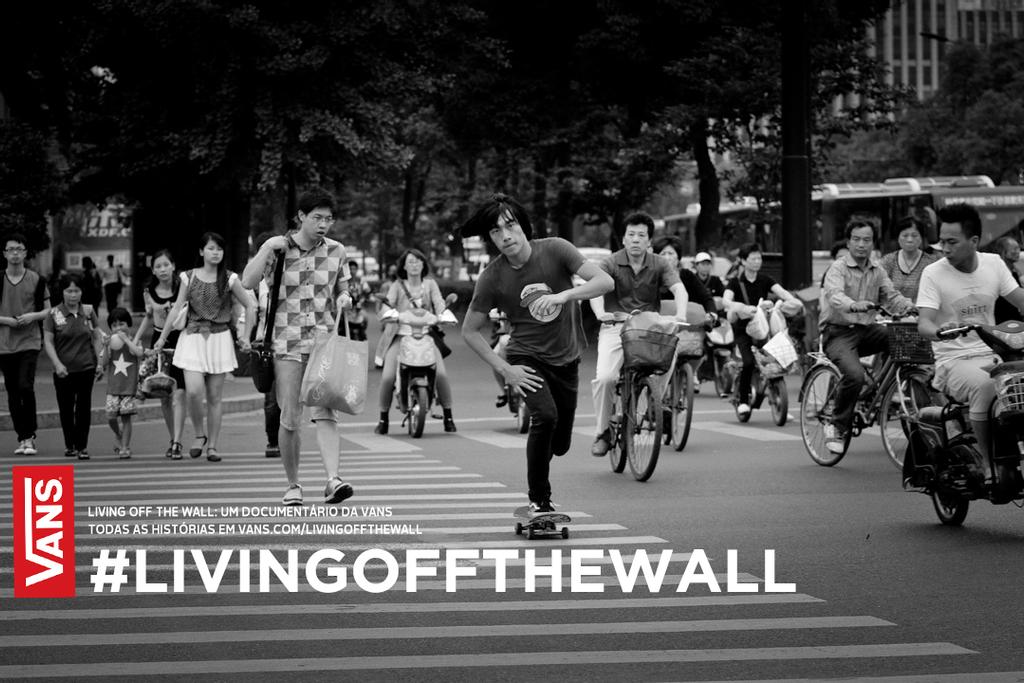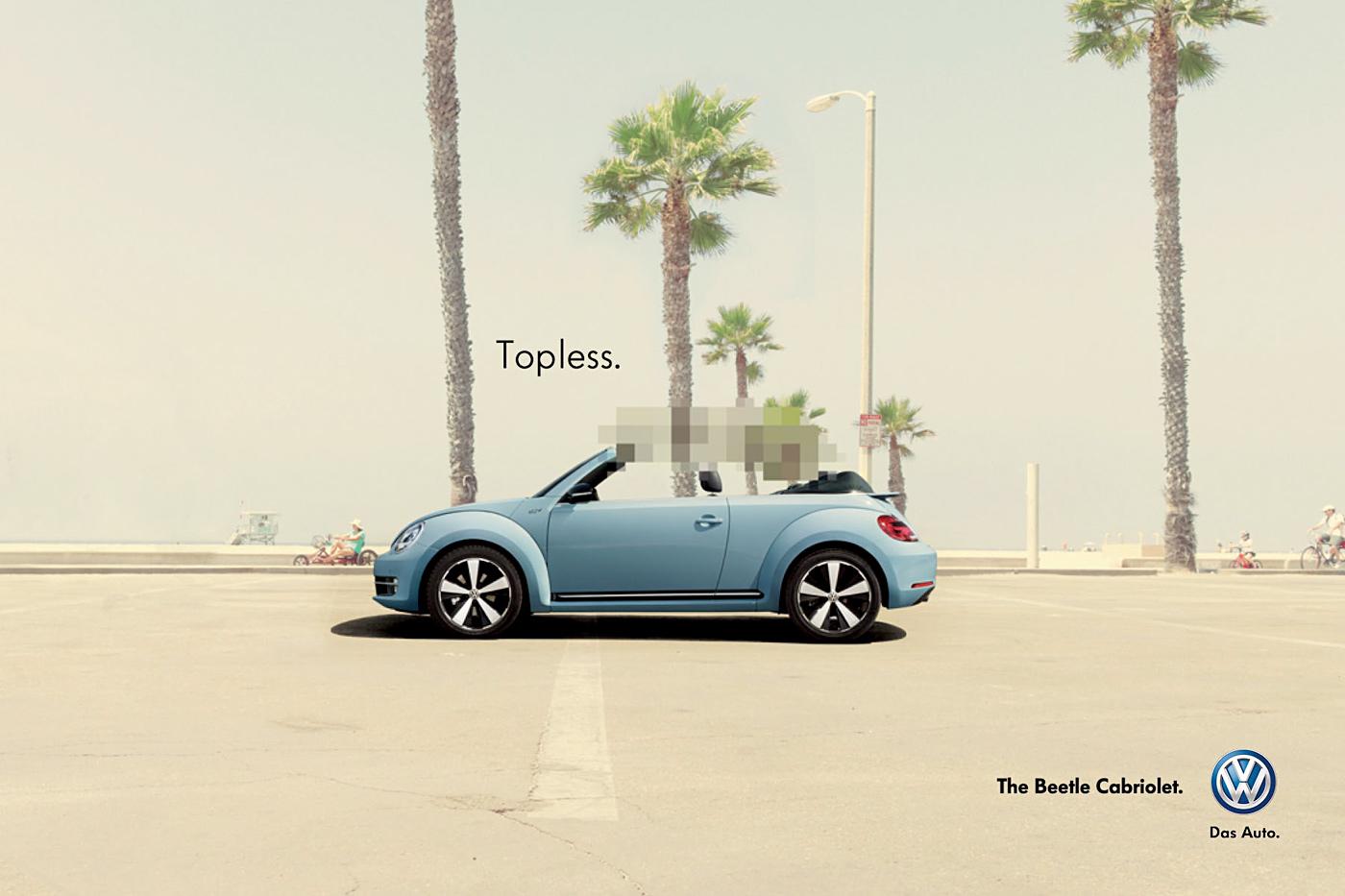The era of launching brands is in full swing. People around you are selling something they’ve created: handmade crockery, clothes, gifts, cosmetics, and whatever else you can imagine. They turn hobbies into personal brands and it’s getting pretty trendy.
The amount of items is so tremendous that choosing a certain brand becomes a challenge. This is where branding steps forward, either helping you or hindering from making a decision in favor of this or that brand. Today we’ll figure out what is branding and how it influences a brand’s success, especially if you’re about to launch your personal brand.
What is branding?
So what is a brand? What comes to your mind first? You’ll probably think about the name of a company selling goods or offering services. But if we scratch beneath the surface, a brand is not just the name and not just a company. It is a story, a philosophy the owner would like the consumers to get inspired with and believe in. It’s a mix of tools, efforts, and techniques that give rise to something that both you and your clients would value for your clients and profitable for your business.
It is not as easy as ABC to come up with your own brand and make it succeed. Inventing a name, designing a stunning logo, and launching a website — these are the first significant steps, but they might be insufficient. A brand involves more stages and efforts. It is hard to imagine a successful product or service or loyal customer base without proper approaches to brand advertising that goes hand in hand with marketing.
It makes sense to start with the brand advertising definition. This term in marketing can be best described as an ad aimed at building long-term relationships with consumers by ensuring the best quality and high value of this very product. In other words, the idea is to make a customer devoted and dedicated by selling the brand successfully and want them to buy from you over and over again.
How to use brand advertising
When you define advertising campaign you expect it to help you accomplish the following tasks in the long run:
- Create a clear user-friendly image of the product you sell
- Develop the brand image and make it recognizable
- Provoke interest
- Make your brand famous among its target audience
- Motivate consumers to stay with your brand for a while
- Compete with your industry rivals fairly
- Retain your customers over time
If you are sure your goods are of top quality, your services are helpful, and you are ready to present your brand to the world, it’s time to go further. The next step would be to decide on the main message to deliver to your potential customers. Only after that, running a successful ad campaign. To achieve success, you should stick to several simple but effective principles.
- Present your brand’s identity
Customers are picky. That is true because the quantity of companies competing in the same industry increases with the speed of light. Offering goods or services is not enough to be noticed – your brand must be distinguished against the background of others. Put emphasis on uniqueness and show the value of what you sell.
- Be the solution
Concentrate on your brand’s benefits, not only on its features. The products you promote may be innovative, high-quality, and stunning but what customers value most is the understanding of how your goods or services can lead to the problem solution or just bring valuable benefits. In other words, you should explain how your brand will help your consumers make their life easier.
- Don’t forget about loyalty
You can’t trick your customers. If you want your business to prosper, think of a strategy that will help you engage and retain customers. A brand’s reputation entirely depends on people’s opinions, so keep this in mind.
How brand advertising works
As we now understand what is brand advertising and why you need it, let’s find out how it works. The scheme is rather simple yet requires endeavors to succeed at every stage.
Research competitors
Find out what other similar brands do, especially those that are well-known and famous, how they promote their goods, and what key points could make you stand out. Do not copy, but think about how to perform even better.
Consider the target audience
In order to gain the desired success, you need to know your target audience well. Who are your customers, where are they from, how old are they and what is their social status? Every detail is important to achieve your goals with maximum profit.
Let your brand have a voice
One of the most important things to do is to establish a brand voice. This is the way to show the traits of your product or service, as well as the entire company. Don’t mix it up with the tone, since a brand’s voice is permanent, while tone may change with every message depending on the emotions you’d like to convey.
Consider a campaign
Think over the ways you will advertise your brand. Some advertising methods are now outdated, and the new ones appear quickly. That is because of the new trends appearing almost every month and the highly dynamic market. Do in-depth research including the competitor analysis. This step will help realize what kind of campaign your brand needs (print materials, video commercials, static banners, push ads, etc.)
Set a budget
When you know exactly how you will promote your brand, calculate how much the campaign will cost. Make sure the methods you have chosen are worth the expenses.
Brand advertising in the CTV/OTT ecosystem
Modern needs imply modern approaches. If you want to keep abreast of up-to-date advertising solutions, you need to promote your brand via TV. But it isn’t what it used to be. The point is that viewers of different ages tend to switch from traditional television to CTV (Connected TV) and OTT (Over The Top) services.
Therefore, the question of integrating brand image advertising in the CTV/OTT ecosystem gains momentum, and marketing specialists are constantly researching new ways of attracting and retaining target audiences. CTV/OTT opens up new opportunities for those interested in spreading their brand and increasing loyal customer base.
What are the benefits of CTV/OTT advertising?
Specific audiences
As a rule, CTV/OTT viewers are intellectuals with specific knowledge and experience in modern technologies. Interesting fact – most of the viewers are millennials and Gen Zers with higher education and upper-middle-income.
Better targeting
CTV gets more popular among the younger generation. According to research, 72% of millennials use CTV/OTT. Many companies profit from this as the target audience aged 25-44 is more tech-savvy, wealthier and intelligent.
Fewer ads
Is it a benefit? Yes – there are fewer ads, and thus, viewers do not get irritated. Moreover, with the help of targeting settings, the advertisement will be delivered to the target audience in the most effective way. Research shows that 78% of users are ok with CTV ads because quality and content are more important.
Less screenshifting
As CTV is about video on demand, there are fewer chances the viewer’s attention will be distracted. Therefore, 95% of users watch ads until the end.
Fast-growing audience
By now 75% of households use connected television/OTT in the USA and the number of users keeps on growing.
The conclusion:
- the completion rate of ads that run OTT is 95% which means that the most viewers watch them until the end
- CTV advertising reaches the most valuable and targeted viewers
- platforms allow you to measure the results and check the completion rates
- the audience is growing – people stop using traditional TV and become OTT/CTV viewers
The small difference between advertising, branding via CTV and OTT is that CTV is about more premium devices but it’s not clickable. CTV attracts less people compared to over-the-top. The only thing to care about is finding the ways to guarantee brand safety.
Brand advertising examples
Seeing is believing. We believe you would agree with this famous proverb. We have prepared the best brand ads to serve as examples and inspiration for your own campaigns. They will show how the right branding elements and the right advertising strategy work like magic.

Vans is a fantastic example of a brand with a powerful mission and clear vision. Just look at its origins. Since 1966 Vans has been producing stylish footwear for skaters and everyone else. Without branding and advertising, it would be just another pair of high-quality sneakers. Catchy slogan, history of a family business, welcoming and friendly tone of voice, as well as a creative business approach made Vans a legend.

Volkswagen has its own brand style that is seen in all the ads of the company. Another great combination of top-quality products and creative advertising.

This example shows that McDonald’s advertising campaigns did one great thing —
they have chosen a popular sandwich known as a hamburger as their main brand’s symbol. Now, even if we see hamburgers on the poster of any other company or even a film, it reminds us not just of a hamburger but of McDonald’s.
Takeaways
All in all, what do you need for the best brand advertising? Your main goal is to win a space in the mind of your customers by building a distinct, memorable, and trustworthy image of your brand. The thing that should always come first is brand.
Keep in mind that consumers are mindful, and they read reviews, scroll through various communities and forums, and grab useful tips based on the experience of others to make sure that this or that brand is worth spending money on. Thus you can’t act fast and loose when it is about your brand positioning and promotion.
And last but not least: do your best to create a brand that would be recognizable without its name on the logo.

